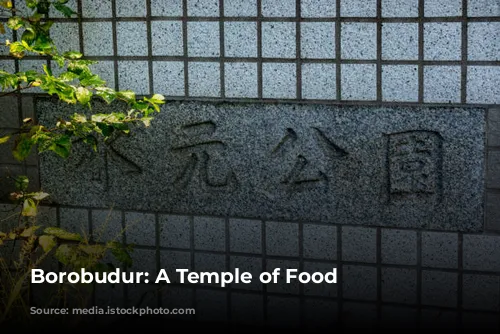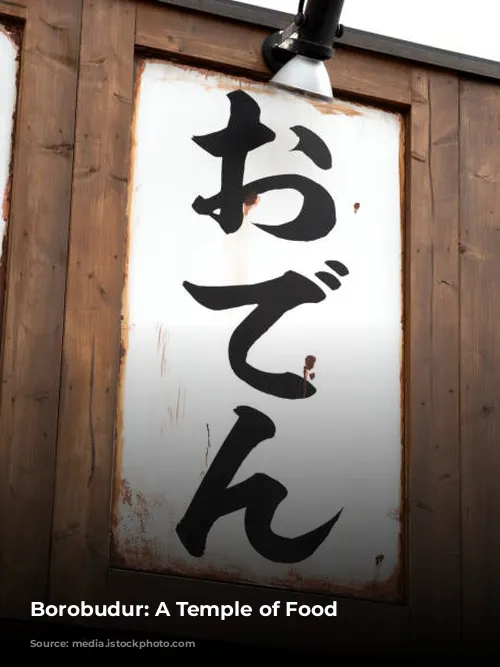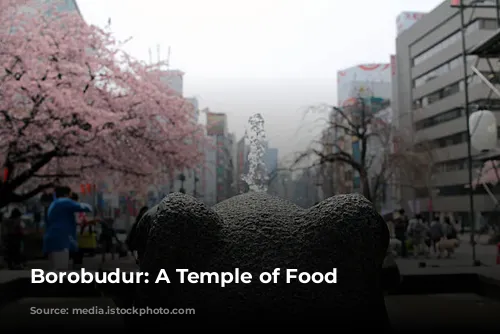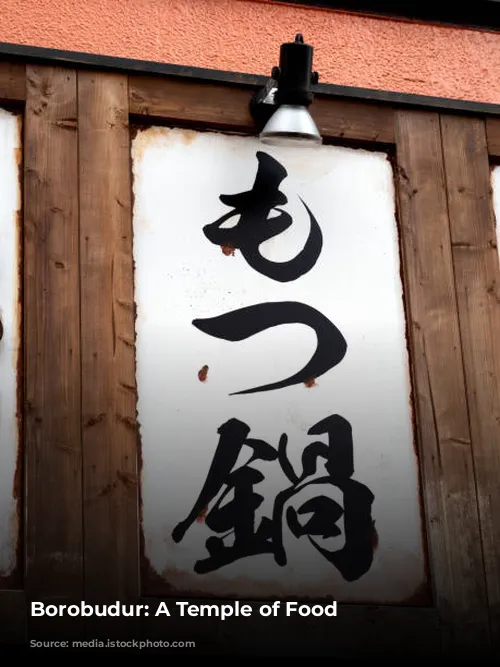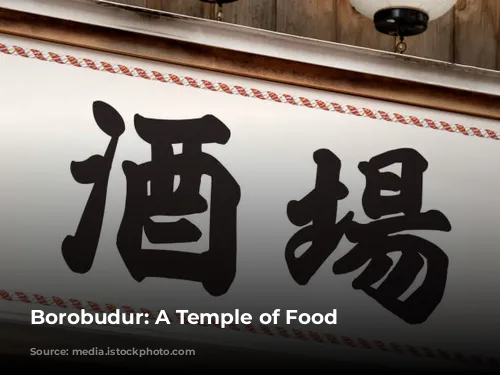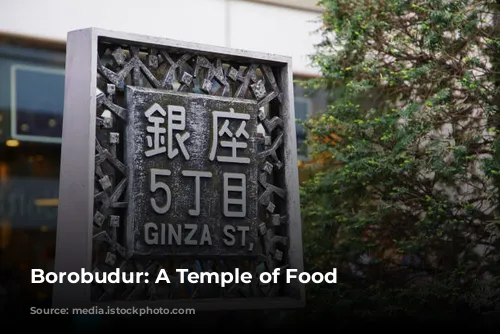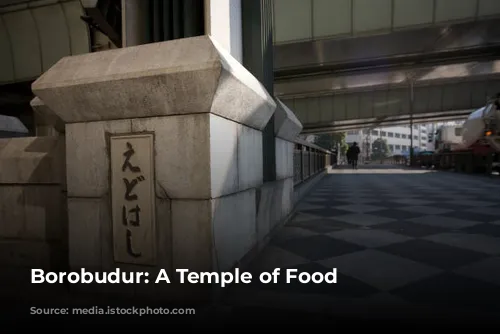Borobudur, a magnificent Buddhist monument rising from the lush jungles of central Java, is more than just a sacred site. It’s also a treasure trove of information about ancient Javanese culture, including their unique culinary traditions.
Unveiling Ancient Javanese Cuisine
While Borobudur is renowned for its architectural grandeur and intricate carvings, the Indonesian Gastronomy Community (IGC) sees it as a window into the past. The temple’s meticulously carved reliefs depict scenes of daily life, offering a glimpse into the foodways of the ninth-century Mataram kingdom.
The IGC, dedicated to preserving and promoting Indonesian food culture, believes that food has the power to unite Indonesians and introduce the world to the country’s rich culinary heritage. They launched Gastronosia, an educational series that explores ancient Indonesian food inspired by Borobudur’s reliefs.
A Culinary Journey Through Time
Gastronosia brought history to life through a series of captivating events. Guests were treated to reimagined ancient Javanese feasts, prepared using recipes inspired by the temple’s carvings and historical inscriptions.
The IGC’s culinary team faced a unique challenge: translating ancient stone carvings into a modern menu. They consulted with expert archaeologists and chefs, meticulously researching historical ingredients and cooking techniques.
A Royal Feast Inspired by the Past
Gastronosia featured events ranging from intimate gatherings to grand banquets. One highlight was the Mahamangsa, an ancient royal feast recreated with meticulous attention to detail. Guests experienced the flavors and atmosphere of a ninth-century Javanese court, dining on dishes like freshwater eel grilled with sweet spices and ground buffalo meatballs seasoned with a touch of sweetness.
The Mahamangsa menu reflected the importance of sugar in ancient Mataram. Sweets played a prominent role in royal banquets, and Gastronosia guests enjoyed dwadal, a sticky palm-sugar toffee, and a variety of tropical fruits.
Exploring the Flavors of Ancient Java
Ancient Javanese cuisine featured many ingredients still popular today, such as coconut, but also included some that have fallen into obscurity, like the water plant genjer. While modern diners might find some of the reconstructed dishes simple, ancient Javanese chefs achieved complex flavors using their own native ingredients.
Spices played a vital role in ancient Javanese cuisine, with native hot spices taking the place of modern chilies. Caby, a type of Javanese long pepper, provided a similar fiery sensation to the chili peppers we know today.
From Borobudur to the World
Gastronosia is just the beginning of the IGC’s exploration of Indonesian food history. Their next project focuses on the food of ancient Bali. By connecting the dots between the past and present, the IGC hopes to inspire a new generation of food lovers and promote a deeper understanding of Indonesian culture.
Gastronosia proved that ancient Indonesian food was not just edible, but delicious! The IGC’s efforts to recreate these long-lost culinary traditions are a testament to their passion for preserving Indonesian food heritage and sharing it with the world.
